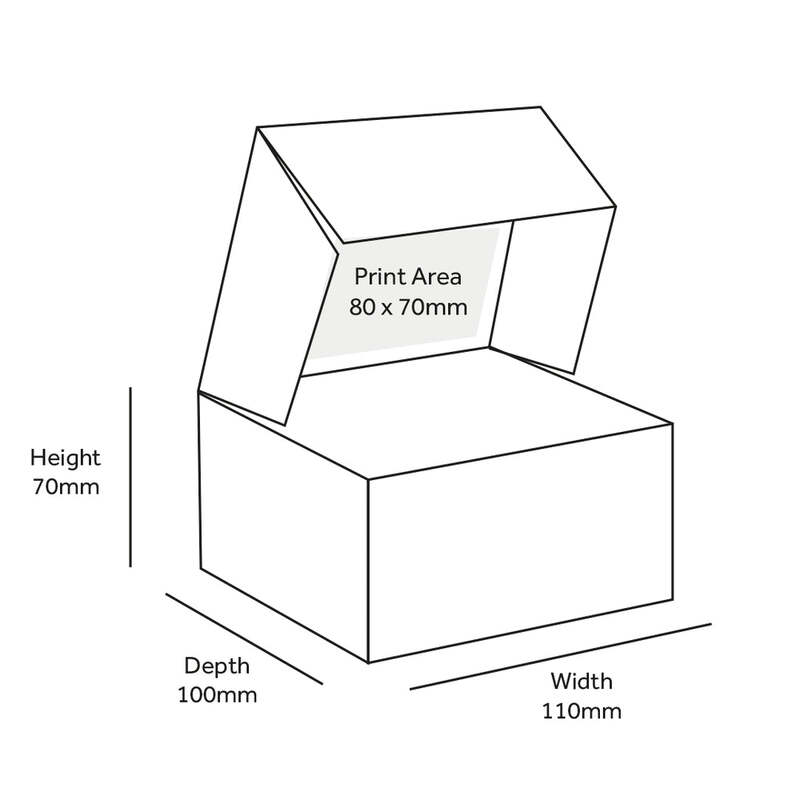The Fascination with Pizza Boxes
When we think about pizza, our minds often drift to the warm, cheesy goodness that awaits us inside that iconic round box. However, the humble pizza box is far more than just a practical container for our beloved pies; it represents a cultural symbol, an art form, and even an environmental challenge. This article will explore the evolution of pizza boxes, their design, and their impact on both the pizza industry and the environment.
The history of the pizza box dates back to the mid-20th century. While pizza as we know it has roots in Italy, the concept of delivering it in a box emerged in the United States. Pizzerias needed a way to provide fresh, steaming pizzas to customers without compromising quality. The first pizza boxes were simple cardboard structures, but as the popularity of pizza surged, so did the creativity behind these containers. Today, pizza boxes come in various designs, sizes, and styles, catering to restaurant branding and customer experience.
One of the most intriguing aspects of pizza boxes is their design. The traditional square box is not just a convenient shape; it serves an essential purpose. Square boxes stack easily, which is crucial for delivery efficiency. They are designed with ventilation holes to prevent steam from accumulating inside, ensuring that crusts remain crisp rather than soggy. Many pizza boxes also feature clever designs, such as the “pizza saver” – a small plastic tripod that prevents the lid from touching the cheese and toppings. This innovation exemplifies how even the mundane pizza box embraces ingenuity.
pizza boxes

Moreover, the aesthetic of pizza boxes has evolved. Many pizzerias now use their boxes as a canvas for branding and marketing. From eye-catching graphics to clever slogans, a pizza box can tell a story about the restaurant itself. They serve as a means of building a connection with customers, encouraging them to share their experiences on social media. The rise of food culture and Instagram has made well-designed pizza boxes an essential part of the dining experience, where the packaging becomes as important as the product inside.
However, as much as we enjoy pizza and its packaging, the environmental impact of pizza boxes cannot be overlooked. With an increasing awareness of sustainability, many consumers are becoming concerned about single-use packaging. Traditional pizza boxes, often contaminated with oil and cheese, can complicate recycling efforts. On the other hand, some pizzerias are taking steps to address this issue. They are adopting eco-friendly materials for their boxes, using recycled cardboard, and exploring biodegradable options. This shift toward sustainability is not just better for the planet; it also appeals to environmentally conscious consumers who appreciate a brand that aligns with their values.
The pizza box, therefore, serves as a microcosm of broader societal trends and challenges. It embodies our love for convenience and comfort food, while also prompting us to consider our impact on the environment. As the pizza industry continues to grow and evolve, so too will the design and functionality of its packaging.
In conclusion, the pizza box symbolizes a blend of tradition and innovation. It is a simple yet vital piece of the pizza experience that influences not only the way we enjoy our favorite dish but also the way we think about sustainability in our daily lives. As we continue to indulge in this culinary delight, let's also appreciate the journey of the pizza box – from its simple beginnings to its current status as a critical element of both the dining experience and environmental consciousness. Whether it’s the first bite of a hot slice or the satisfaction of a well-designed box, there is no denying the unique charm of the pizza box in our culture.



